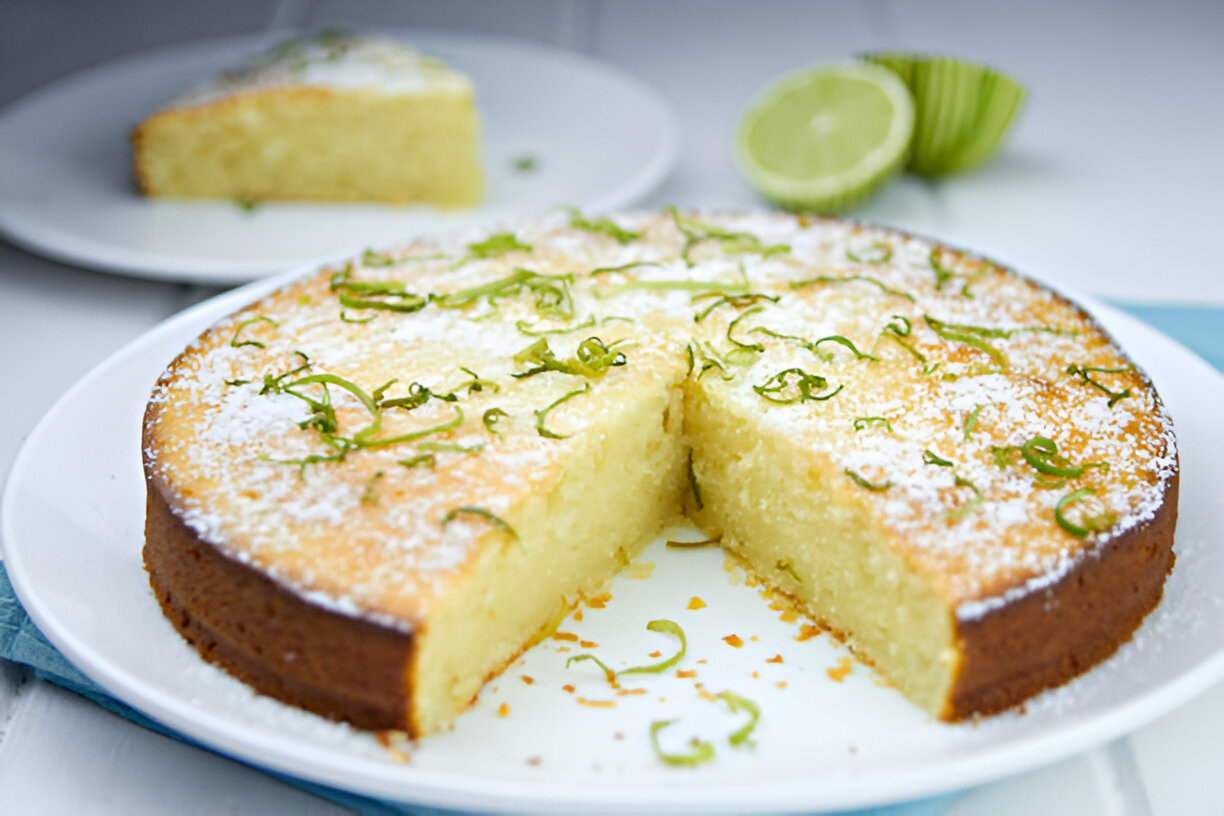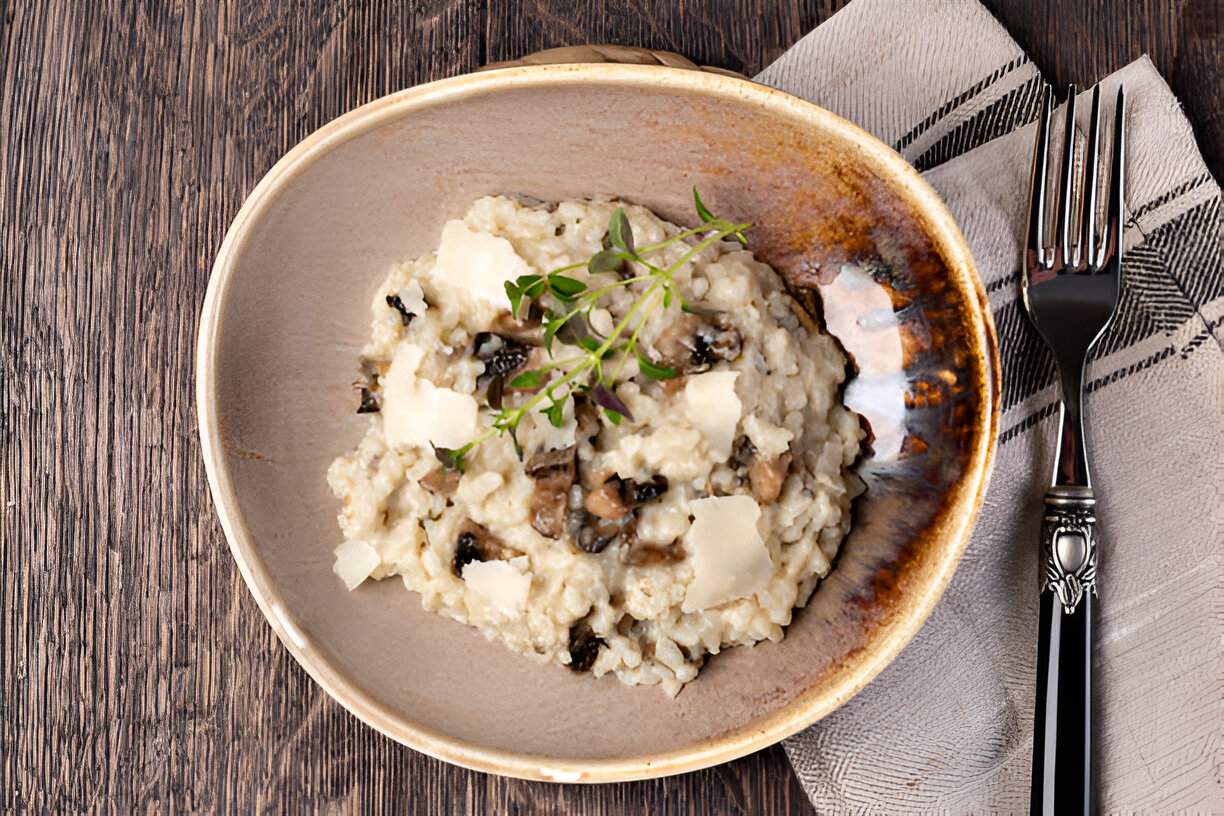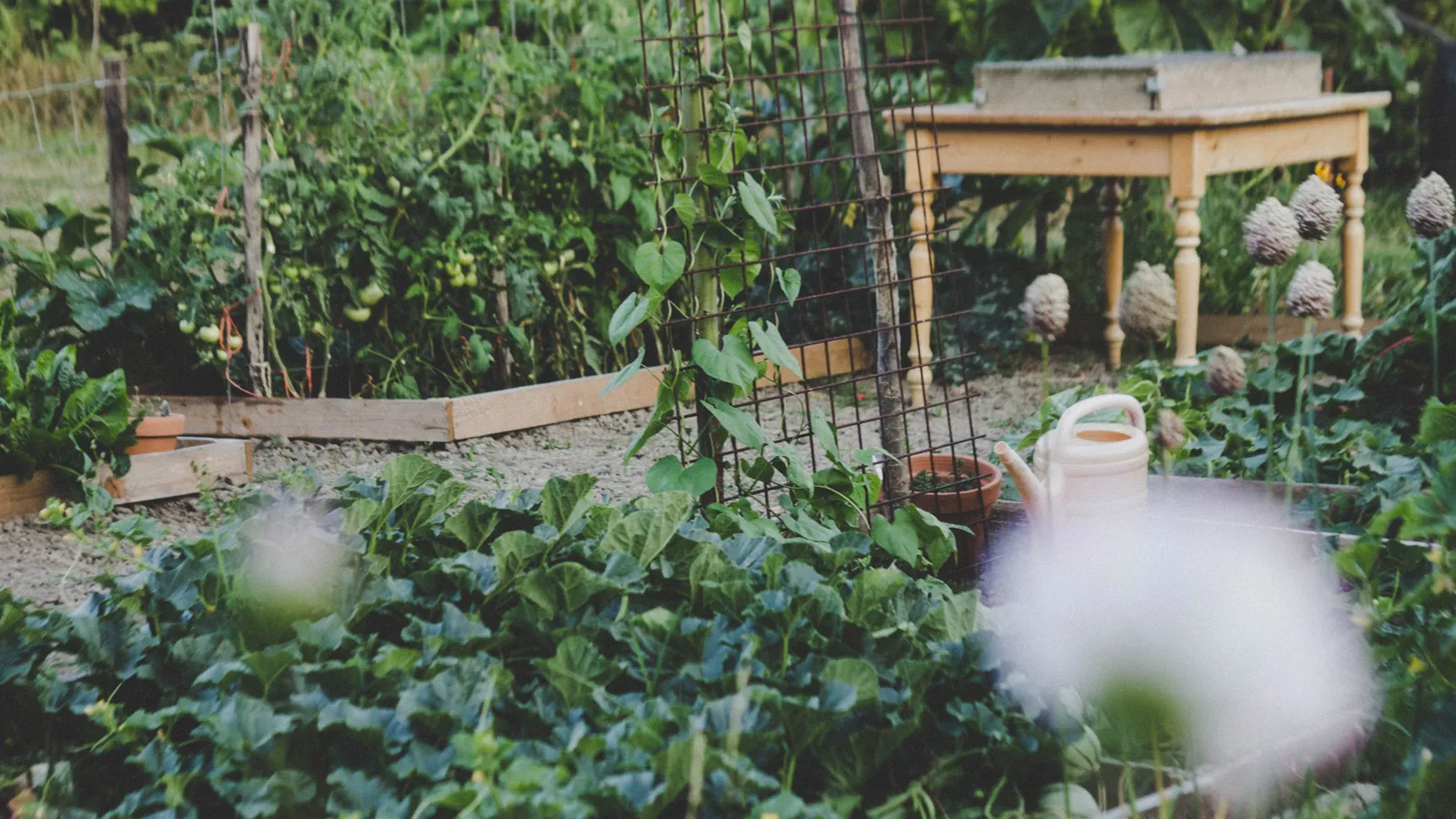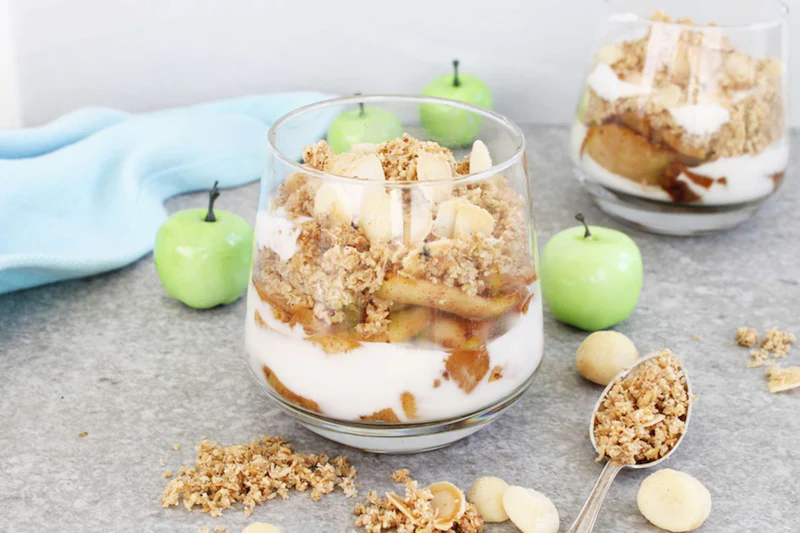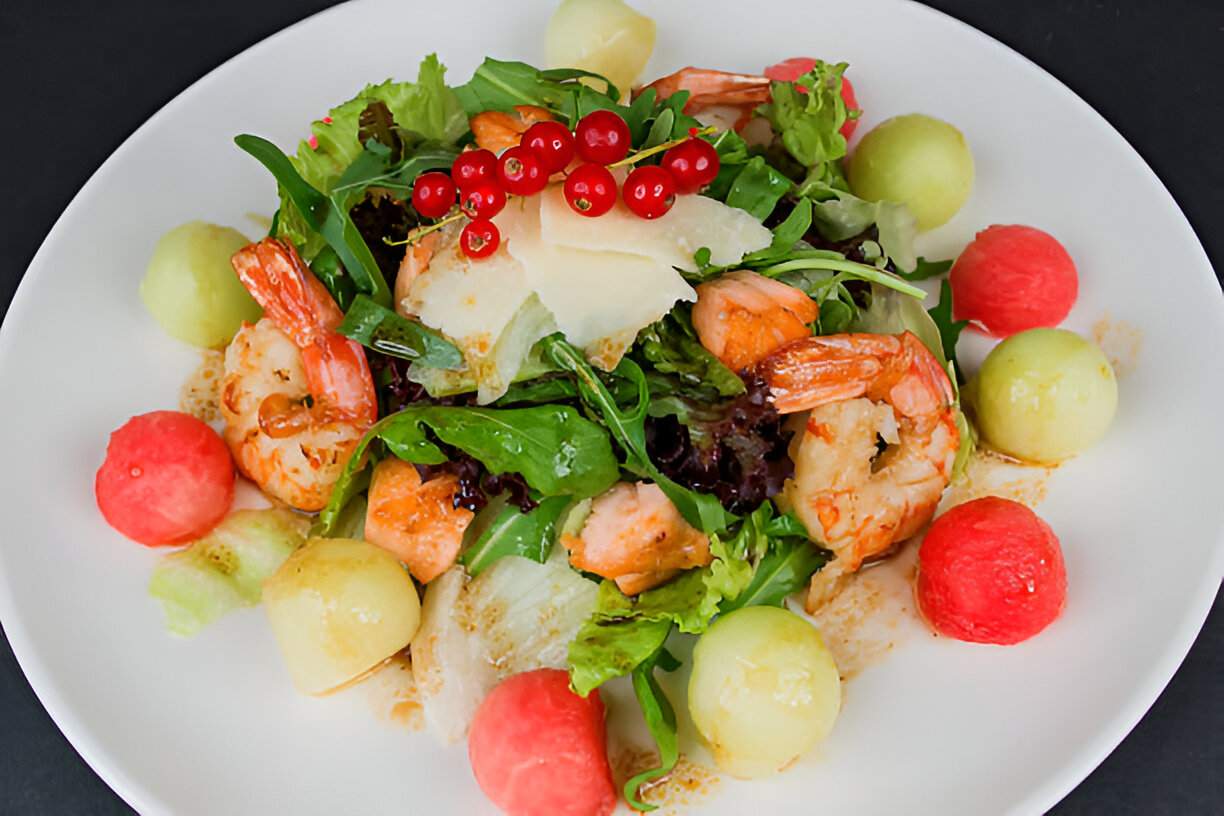In This Article
There’s something beautifully simple about a treat that’s soft in your hands, chewy between your teeth, and sweet in a way that never overwhelms. Mochi healthy treats are just that. A dessert rooted in tradition, yet easily enjoyed in modern kitchens. And the best part? It’s not just delicious—it can be deeply nourishing, too. In this guide, we’ll walk side by side through the surprising health benefits of mochi, how it’s made, and why it’s a gentle joy to both body and soul. Whether you’re already a fan or just mochi-curious, you’re in the right place.
Made from glutinous rice flour, mochi has been enjoyed for centuries in Japan and beyond. It offers more than a moment of sweetness—it brings connection, tradition, and a sense of comfort. But mochi is also evolving. Today, there are many ways to make it healthier, from using sugar free sweeteners to adding fruit-based fillings like mango puree and strawberries with milk.
Mochi invites us into a space of intention. It’s small and satisfying, gentle yet joyful. And while it may seem like a simple treat, each piece can be a mindful pause in your day—a moment to enjoy a bite of something warm, soft, and full of care. As you read on, think of mochi not just as food, but as a practice of whole living.
Let’s begin with the question many people ask: Is mochi healthy? You might be pleasantly surprised by the answer.
A Soft, Chewy Wonder: Is Mochi Healthy?

You may have seen those soft, pillowy balls of sweetness sitting neatly in a bakery case or tucked into a box at the grocery store. But is mochi healthy? Let’s walk through that together. Mochi, made primarily from glutinous rice flour, is much more than a colorful treat. When prepared with intention, mochi can actually offer a surprisingly nourishing experience.
You see, mochi is traditionally made using sweet rice, a variety known for its soft, sticky texture when steamed. This rice is then pounded into a smooth, elastic mochi dough. That dough becomes the base for a variety of fillings and flavors. Some are fruit-filled, some use classic red bean paste, and others are inspired by seasonal ingredients like mango puree or strawberries with milk.
Because mochi is made with simple, whole ingredients, it's naturally low in saturated fat and cholesterol. That’s part of what makes mochi healthy in moderation. Its chewy texture, slight sweetness, and compact size also make it satisfying without being heavy. When made with less sugar or a sugar free sweetener like stevia, it becomes an even better choice for those looking to enjoy something sweet without guilt.
Let this be your gentle reminder that desserts don’t have to be off-limits. With mochi, you can delight in something beautiful, nourishing, and culturally rich—all in one soft, chewy bite.
Rooted in Tradition: The Cultural Story Behind Mochi

In Japan, mochi isn’t just a dessert—it’s a symbol of celebration, family, and renewal. It’s traditionally prepared during Japanese New Year, weddings, and even childbirth ceremonies. That’s because mochi represents strength, good fortune, and the sweetness of life. Its roots run deep, and every chewy piece carries history and meaning.
Mochi is made by pounding steamed sweet rice into a sticky dough, a process called mochitsuki. It’s often done as a family or community activity, with everyone contributing. Fillings like red bean paste or shiro an (a white bean version) are then tucked into the center, and each ball is gently shaped with care. It’s a beautiful ritual—one that invites connection and mindfulness.
Even beyond Japan, mochi has been lovingly adopted into households around the world. You don’t have to live in Tokyo or Kyoto to embrace its rhythm. Simply preparing or enjoying mochi can become your own way of honoring something slower, softer, and more intentional. Whether it’s part of a weekend tradition or a shared moment with family, mochi reminds you to pause and savor.
So, the next time you hold a soft piece of mochi healthy treat in your palm, think of the many hands before you that shaped it. You’re not just enjoying a treat—you’re participating in something timeless.
More Than a Treat: What’s Inside Mochi?
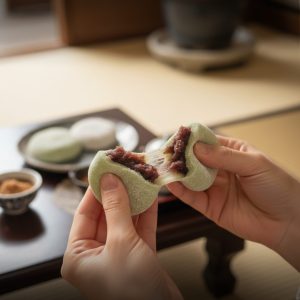
Let’s take a gentle look inside the nutrition of mochi. You may be surprised to know that this sweet, chewy delight offers more than just good taste. In fact, mochi made with glutinous rice flour can support your body with simple, sustaining energy.
Because mochi is primarily made from rice, it’s naturally low in saturated fat and cholesterol. That makes it a heart-friendly alternative to many processed desserts. It does contain sugar, especially in flavored varieties or when filled with sweetened red bean paste. But when you opt for less sugar or use sugar free sweetener or stevia, you can still enjoy mochi while being mindful of your intake.
The carbohydrate content in mochi provides the body with energy without the crash that often follows overly processed snacks. It also has small amounts of protein, and if you’re using fillings like shiro an or fruit-based options like mango puree, you’re getting additional fiber and vitamins too. It may be small in size, but mochi offers gentle nourishment that can complement a balanced lifestyle.
With portion control and thoughtful ingredients, mochi becomes a delightful way to nourish your body. It’s proof that sweet doesn’t have to mean unhealthy. It’s all about balance, intention, and choosing foods that feel good in your body—not just in the moment, but long after.
The Texture of Comfort: Understanding Mochi Dough

A mochi healthy treat has a texture that’s hard to forget—soft, chewy, and just a little sticky. That satisfying bite comes from its base: glutinous rice flour. Don’t let the word “glutinous” confuse you—it actually contains no gluten. Instead, it refers to the sticky, stretchy quality that makes mochi dough so unique.
When cooked properly, the mochi mixture turns into a smooth, elastic dough that’s easy to shape yet delightfully chewy when you eat it. That chewiness is part of what makes it so comforting. Whether you’re biting into a plain mochi or one filled with strawberries and milk, the texture is a big part of the experience.
To prevent sticking while handling the dough, many use cornstarch on their hands or tools like scissors to cut and shape the mochi. A dusting of starch on the table helps too. The dough becomes more manageable with a few thoughtful techniques, allowing even first-timers to enjoy the process.
Working with mochi dough is a tactile, almost meditative process. It brings you back to your senses, letting you slow down and enjoy the act of creation. That’s part of mochi’s magic—it’s not just about the taste or the look. It’s about how it feels in your hands, how it connects you to your food, and how it invites you to be present.
READ ALSO: Egg White Nutrients: Small Food, Big Benefits
Gentle Steps: How to Make Mochi at Home
Making mochi healthy treats at home might feel a bit intimidating, but I promise—it’s simpler than it seems. You don’t need a fancy setup. All you need is a bowl, a microwave, and a sense of curiosity. Start with glutinous rice flour, water, and a sugar free sweetener if you want a lighter option. Mix these into a thick, smooth mochi mixture. The process may seem unfamiliar at first, but once you try it, it becomes a comforting ritual.
The steps below outline a basic and approachable way to make mochi in your own kitchen:
- Mix 1 cup of glutinous rice flour with 3/4 cup of water and your choice of sugar or sugar free sweetener.
- Stir until the mixture is smooth and lump-free.
- Cover the bowl with a microwave-safe lid or wrap.
- Microwave on high for 1 minute, then stir gently.
- Repeat microwaving in 1-minute intervals, stirring in between, for a total of 3–4 minutes.
- Once the dough is thick and translucent, remove and let it cool slightly.
- Dust your hands and table with cornstarch to prevent sticking.
- Cut and shape the dough using scissors, adding filling if desired.
- Roll into balls, cover lightly, and store in an airtight container.
After shaping, keep the mochi covered to preserve its soft texture. If you're not eating them right away, place them in the fridge for up to a few days, or freeze for longer storage. Be sure to let them thaw gently before enjoying again. Having a stash of fresh mochi at home means you can enjoy a sweet moment of comfort anytime.
Making mochi becomes more than just preparing a sweet—it turns into a small, sensory ritual. With your hands dusted in cornstarch and warm mochi in your palm, you're not just creating food. You’re creating care. You’re choosing connection. And in that moment, you’re honoring both your body and your spirit.
The Heart of Mochi: Filling Options That Nourish

The beauty of mochi healthy treats lies not just in its outer layer, but in the surprise it holds within. The filling is where creativity meets comfort. Each center offers a different experience—some familiar, others wonderfully unexpected. But all of them share one thing in common: they bring warmth and satisfaction with every bite. When chosen with care, these fillings can add both flavor and nourishment to your mochi.
Traditional fillings like red bean paste remain a timeless favorite. It’s gently sweet and rich in fiber, making it both satisfying and grounding. Shiro an, its lighter cousin made from white beans, offers a smooth texture and a mellow, creamy taste that pairs beautifully with the chewiness of mochi dough. For those craving something fruit-forward, mango puree offers a refreshing brightness that cuts through the softness in the best way. And fresh strawberries with milk? That’s a little bite of spring—sweet, juicy, and oh-so-soothing.
These fillings don’t just add flavor—they enhance the experience. The gentle contrast between soft dough and sweet filling creates a balance of textures and temperatures. It’s playful, yet calming. Thoughtfully chosen, your filling becomes more than an ingredient. It becomes a moment of care. A small joy wrapped in chewy comfort.
Whether you stick to the classics or explore new combinations, remember: there’s no right or wrong way to fill your mochi. There’s only what feels good and tastes right for you.
Lighter Choices: Low-Sugar and Guilt-Free Mochi Alternatives
Mochi healthy treats don’t have to be a sugar-laden indulgence. In fact, with a few thoughtful swaps, it can be a gentle, nourishing sweet that supports your well-being. This isn’t about restriction—it’s about creating space for desserts that love you back. With simple changes, you can enjoy mochi more often, and with more peace of mind.
Consider starting with the sweetener. Instead of traditional white sugar, try using stevia or a sugar free sweetener that suits your taste. These alternatives still bring the sweetness you expect without the crash that often follows. And if you’re preparing mochi at home, you have the freedom to control the level of sweetness entirely. Sometimes, just a touch is all you need.
You can also lighten things up by choosing fillings that bring natural flavor and moisture. Fresh strawberries, pureed mango, or even shiro an are all options that add sweetness without needing too much added sugar. Even reducing the amount of milk in cream-style fillings can help lower the fat content, while still keeping the experience soft and satisfying.
The joy of mochi isn’t in how sweet it is—it’s in how it makes you feel. When you create a version that aligns with your needs, it becomes more than a dessert. It becomes a nourishing pause. One that reminds you that feeling good doesn’t mean giving things up—it means choosing with care.
Keeping It Fresh: Storing Mochi with Care

The softness of mochi healthy treats is part of its charm—but it’s also what makes storage a delicate task. Once you’ve shaped or bought your mochi, keeping it fresh is key to enjoying its chewy texture and lovely filling at its best. Thankfully, a little intention goes a long way. With the right methods, mochi can stay soft, flavorful, and ready whenever you need a moment of comfort.
First, always keep your mochi in an airtight container. This prevents it from drying out and helps retain its texture. If you’re planning to enjoy your mochi within one to two days, storing it in the fridge is just fine. Make sure it’s covered and not pressed tightly against other pieces. A gentle layer of cornstarch or starch can help prevent sticking while it rests.
For longer storage, the freezer is your friend. Mochi freezes well, especially when it’s wrapped individually. When you're ready to enjoy it again, just let it thaw at room temperature. Avoid using heat to speed it up, as that can change its texture. A slow thaw keeps the outside soft and the inside just right.
Treat your mochi like something delicate and valuable—because it is. Covered well, stored mindfully, and thawed with patience, each piece becomes a moment waiting for you. A reminder that care in the little things often leads to the sweetest results.
Smart Indulgence: How Mochi Supports Balanced Snacking

Mochi might look like a dessert, but when you see it through a mindful lens, it becomes something much more. It’s a snack that can bring pleasure and nourishment together—without the need for excess. When you choose mochi intentionally, it becomes a small act of care. A way to satisfy your cravings and support your goals.
Each small ball of mochi offers a satisfying balance of chewy texture, gentle sweetness, and comforting softness. Because it’s made from glutinous rice flour, it’s naturally filling without feeling heavy. That makes it ideal for anyone looking to stay connected to their health without feeling deprived. Paired with a nourishing filling like red bean or mango puree, it becomes a snack that satisfies both taste and body.
And let’s talk about portion. One of the best things about mochi is how its small size naturally encourages moderation. You don’t need a large serving to feel satisfied. Just one or two pieces can offer the delight you’re looking for, without overwhelming your system. It’s a snack that encourages balance, not excess.
So if you’re navigating weight goals or simply seeking mindful indulgence, mochi fits beautifully. It’s not about being perfect—it’s about being present. And mochi offers that presence in a form that’s simple, soothing, and just the right kind of sweet.
Whole Living in Every Bite: Embracing Mochi Mindfully
Mochi invites us to pause—to savor, to feel, to connect. It’s a reminder that even something small can bring deep joy when it’s chosen with care. In a world that often moves fast, mochi brings us back to the moment. And that, in itself, is a gift worth holding onto.
Each piece is more than a dessert. It’s an opportunity to practice intention. From the way you shape the dough, to the filling you choose, to how you eat it—slowly, gratefully, perhaps even with a smile. This is nourishment beyond nutrition. It’s food as presence. Food as tradition. Food as love.
Embracing mochi mindfully doesn’t mean giving up joy—it means finding joy in a different way. A more grounded way. It means allowing sweetness to have a place at your table without guilt or excess. Whether it’s shared with family, gifted to a friend, or enjoyed quietly on your own, mochi can be part of your whole living journey.
So let this be your gentle invitation: continue choosing foods that feel good, that align with your values, and that make space for joy. Because whole living isn’t about doing everything—it’s about doing what matters, beautifully and mindfully. And sometimes, that looks like one small, soft bite of mochi.






